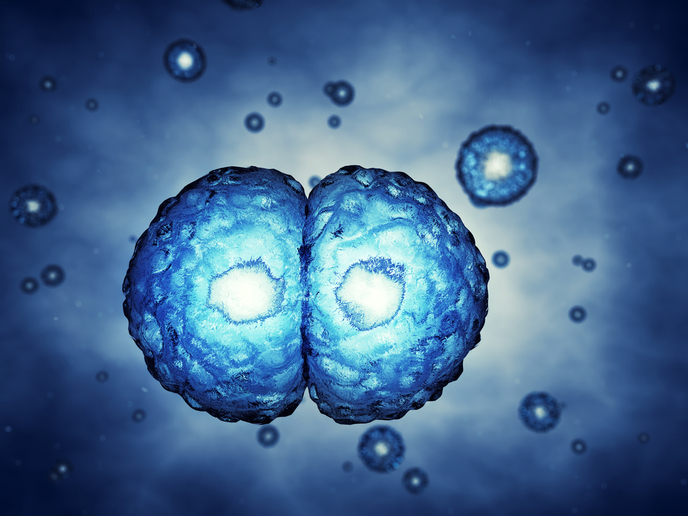The evolution of natural selection
An EU-funded project set out to investigate how a system undergoing change through natural selection can transform into an entity that relies on a template for replication. The Selfref project built on previous studies that looked at how natural selection shapes itself. In particular, the project focused on nucleotide molecules - the structural units of ribonucleic acid (RNA) and deoxyribonucleic acid (DNA) that are the very nuts and bolts of the template-based system for replication of genetic material and production of proteins. But how did these nucleotides arise? The team applied insights gleaned from evolutionary computation and evolutionary biology to neuronal systems. This led to the neuronal replicator hypothesis (NRH); that humans evolved brains capable of sustaining replication of information. It followed that if neuronal replication is possible, then evolutionary computation can take place in the brain to produce adaptive thought and action. The team therefore succeeded in producing the first model of a physically embodied evolutionary algorithm capable of open-ended evolution. Although the origin of nucleotides still holds many mysteries, the Selfref project massively exceeded the team's expectations, with significant insights gained and follow-up research generated. Furthermore, contacts with eminent European partners have been formed, providing the expertise to build on the radically new hypothesis put forward by the team.




